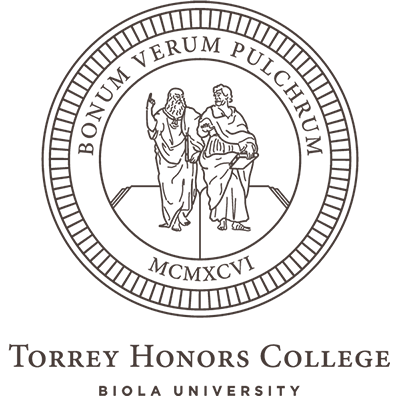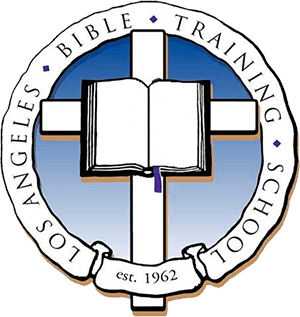A scene from The Canterbury Psalter (12th century)
Blog
Marian Excess
I love medieval Christian art, and go out of my way to see it. There is a Christian system of imagery that communicates spiritual truth vividly and creatively. Speaking as a theologian, I appreciate how it draws the viewer into sacred subjects with the extra fascination and intrigue of meaningful form. Speaking as an art lover, I’m just dazzled by the expressive power and craft.
But one of the obstacles I encounter in viewing a lot of medieval Christian art is the exaggerated importance given to Mary in some key sub-traditions of iconography. The artists and patrons, bless ’em, sometimes showed an instinct for exactly what’s wrong with medieval Roman Catholic mariology.
Here are three examples I came across in museums in New York.
I. Mary interpolated into mediation:
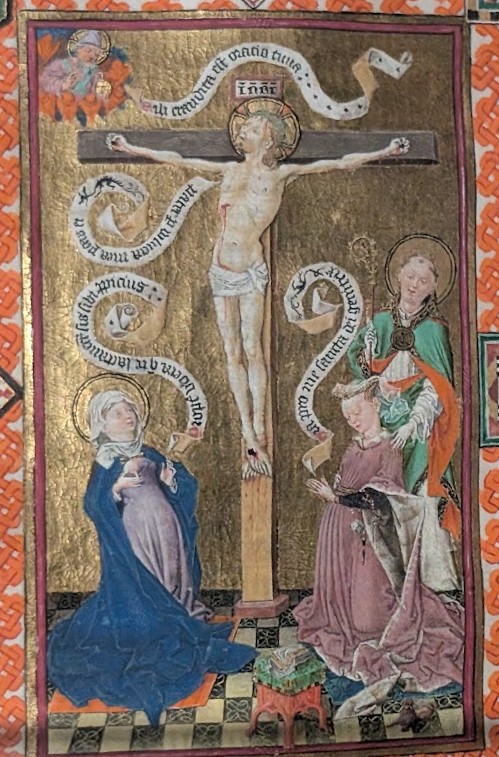
In this image, a Christian woman asks Mary to intercede for her. So Mary shows Jesus that she nursed him, and Jesus displays his atoning death to the Father, and the Father has mercy. The whole scheme represented here is bad taste and worse theology. Visually, Mary is a distracting detour in what would otherwise be a straight line from the believer to the Father through the Son. (This is a page from my favorite medieval devotional object, the Book of Hours of Catherine of Cleves (ca 1330; Netherlands; now in the Morgan Library). One of the best things about this book is how many images it contains; they tend to balance and correct each other in various ways and provide some context that lets you interpret the whole project more charitably.)
A similar configuration appears in the large tempera painting by Lorenzo Monaco (ca 1400, Florence):
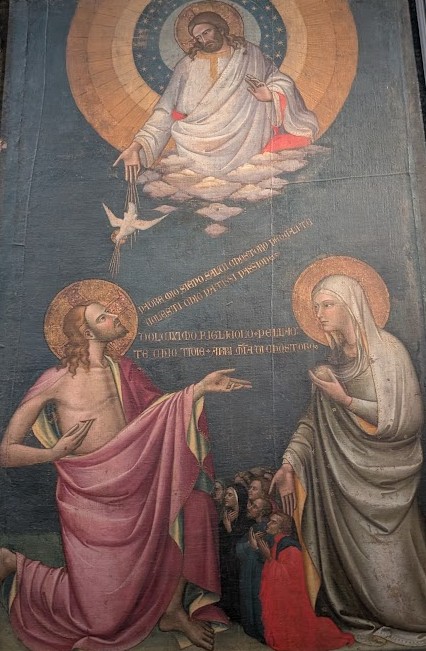
Reading down from the top we see the Father (he’s christomorphic, but it’s the Father) sending spiritual blessing in response to the Son praying “My father, let these be saved for whom you wished me to suffer the Passion.” He gestures toward Mary, who herself is saying to Christ, “Dearest son, because of the milk that I gave you, have mercy on them.” And she gestures downward to the crowd of the tiny faithful, who are being presented to the Son by Mary. In Monaco’s image, Mary’s status is ambiguous: On the one hand, she is god-sized: her hierarchical stature puts her in the category of the divine rather than among the faithful. On the other hand, she is aligned with the faithful almost as one of them; she sort of represents the church here, though she is as big as a church and is managing the mediation project.
Speaking of mediation, there is a phenomenon I call mediator creep. If you ignore the full sufficiency of Christ as mediator, and install Mary as a kind of sub-mediator between you and Christ, the clock starts ticking. Pretty soon you will be overawed by massive Mary, and you’ll seek a mediator between you and her. Then it begins again until you find your comfort zone with x number of mediators. I always think of mediator creep when I see images of St. Anne, Mary’s mother:
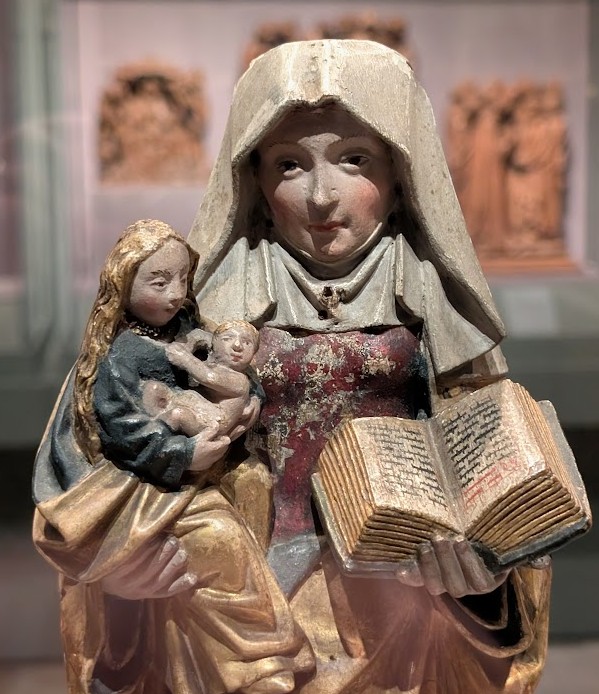
This is an imposing Grandmother. If I go to God through baby Jesus, but go to Jesus through Mary, and through Anne to Mary, soon I find that Anne is also architecturally intimidating. So I might go for local saints to get me to Anne, until they also swell to gigantic proportions. (This is a circa 1500 walnut statue from the Netherlands, now at the Metropolitan Museum of Art in New York.)
Many of the errors made about Mary have to do with not just emphasizing her too much, but really expanding her role to something quite comprehensive. A notorious example of this is the series of “vierge ouvrante” statues in which Mary opens up to show that she contains the entire Godhead and all mysteries of salvation:
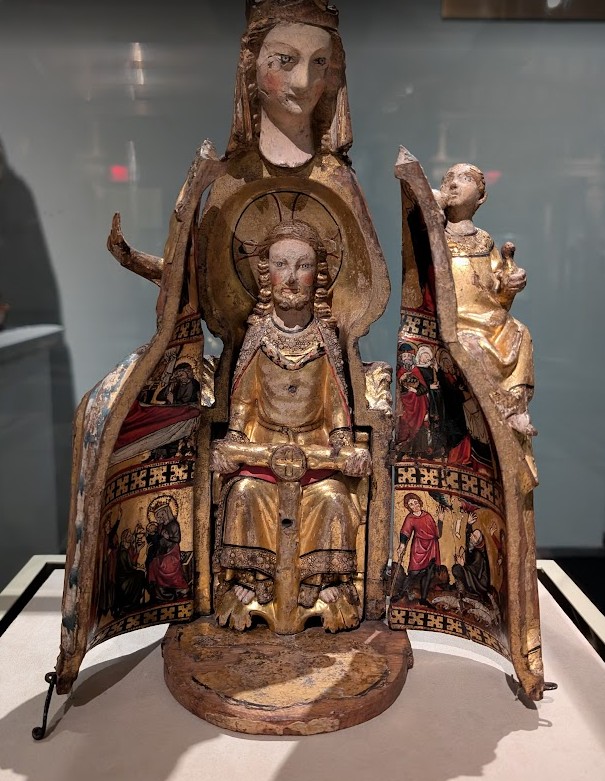
This is a hinged shrine from Germany in 1300. In its closed configuration, it’s Mary nursing baby Jesus. But when opened, it contains God the Father, God the Son, God the Holy Spirit, and several scenes from the nativity story. The artist has really made Mary consume the entirety of salvation history and even God. It’s bad. I know you might be able to read it charitably: Mary’s not bigger than God, but the incarnation is a portal through which we have access to God and salvation, etc. But again, bad taste and bad theology. Don’t take my Protestant word for it: Pope Benedict XIV condemned this kind of image (1745, Sollecitudini nostrae), mainly because the most straightforward interpretation of it is that the Trinity was incarnate in Mary. I’d be surprised if the artist and viewers believed that obvious heresy, but formally speaking the problem here is a bad case of galloping mariology. (This statue, from Germany circa 1300, is also in the Met).
These visual examples are striking. I happened to see them all in the same weekend and thought they were helpful cautionary tales. I still love medieval art and the Christian symbol system encoded in it; in fact, one of the things I love about it is that it visually displays the subtle interpretive work Christians do when thinking about theological things. In so many cases, the little oddities and details are powerfully instructive, either as interesting ways to conceptualize things or as cautionary tales. In the case of Mary, these are cautionary tales.
The most striking nonvisual equivalents of these excesses are probably Bonaventure’s Psalter of our Lady or Ligouri’s The Glories of Mary.
________________________
By the way, I notice that none of these images are illustrations of scenes from the life of Mary as recorded in Scripture! They are allegorical tableaus about her and her purported theological meaning, as are so many of the medieval images of Mary. I think that most large images of the Trinity in medieval art are images of the coronation of the virgin, that is, the ascended Mary being crowned by the Trinity. Now there’s a narrative frame not found in Scripture! In a sense, even the touchingly simple image of the virgin and child is a non-historical tableau, in the sense that it is not an illustration of the nativity so much as an isolated devotional object without background. In the west after 1100 the virgin-and-child image usually pictures Mary enthroned; in eastern panel icons the setting is less clear, though in middle Byzantine decorative programs she tends to be architecturally enthroned. The distinction I’m making here is like the difference between an image of Christ on the cross (always somewhat historical) and a sort of portrait painting of the figure of Christ, not in any particular setting, looking out directly at the viewer. In Pantokrator form these exist pretty early, but as devotional images of the man of sorrows I think they are a much later development.
About This Blog

Fred Sanders is a theologian who tried to specialize in the doctrine of the Trinity, but found that everything in Christian life and thought is connected to the triune God.
